There, the three pillars of institutions - innovation - green growth are intertwined and amplify each other. As a political - economic - knowledge locomotive, Hanoi needs to turn these three pillars into three synchronous "engines": Institutional reform, raising credit standards and reducing capital costs; creative ecosystem drives productivity and structural transformation; green growth helps the economy to be both sustainable and expand export markets in the context of tightening carbon standards.

Current situation and "openness" for new growth cycle
In 2024, Vietnam's GDP will increase by about 7.09%, higher than the target and showing resilience as global demand recovers; average inflation of 3.63% helps maintain macroeconomic stability - a necessary condition to reduce capital costs and foster long-term investment. The trade balance continues to have a surplus, while disbursed FDI capital increases. This is a valuable "macro foundation" to enter a new investment cycle oriented towards green - digital - innovation.
However, productivity bottlenecks still exist. Spending on research and development (R&D) is only at 0.43 - 0.5% of GDP (2021 - 2025 data), significantly lower than the world average (over 2% of GDP), showing great room to increase the ratio of spending on science and technology and standardize incentive mechanisms to encourage innovation in businesses.
In terms of energy and infrastructure, by the end of 2023, the national power system will reach a scale of more than 80.5 GW, of which wind and solar power will account for about 21.7 GW (27%) - an important foundation for moving towards greener electrification, but also requiring grid management, storage and a transparent competitive electricity market mechanism.
To achieve development goals, Vietnam needs to focus on three main pillars to promote sustainable growth, including: Institutions, innovation and green growth.
Institutionally: It is necessary to raise transparency standards and reduce capital costs through the application of International Financial Reporting Standards (IFRS), the implementation of the 2024 Land Law, and the implementation of the carbon market (ETS) and the direct power purchase mechanism (DPPA), creating "institutional leverage" to transfer resources from land to knowledge and technology.
On innovation: Develop the digital economy (reaching 20% of GDP in 2025, 30% in 2030) and cultural industry (7% of GDP in 2030), taking advantage of Hanoi - UNESCO Creative City to promote innovation and create high-quality jobs.
On green growth: Implement the commitment to net zero emissions by 2050, adapt the EU's Carbon Border Adjustment Mechanism (CBAM), expand renewable electricity and the domestic carbon market, help businesses reduce carbon cost risks and enhance export competitiveness.
Hanoi - from "policy locomotive" to "implementation springboard"
Hanoi has all the conditions to become a testing ground for green institutions, innovation and growth. Regarding green public transport, the City has operated the Cat Linh - Ha Dong route with a daily capacity of 40 - 50 thousand passengers, and is moving towards operating the Nhon - Hanoi Railway Station route; along with an increasingly expanding electric bus fleet (VinBus) (over 280 vehicles, more than 10 routes). This is the time to design a TOD incentive framework (transport-oriented urban development) and integrate tickets - interconnected data between metro - bus - public bicycle to optimize movement.
The target of 10 - 12m² of green space per person in urban areas by 2030 needs to be "financialized" through TOD land funds, urban green bonds, and public-private partnerships (PPP) for sustainable parks - water surfaces - drainage. Green power for urban production, pilot city-level DPPA for industrial parks - industrial clusters, connecting with wind/solar power farms outside urban areas and deploying rooftop solar power for administrative areas - schools - hospitals (priority for office buildings).
Regarding green finance, Vietnam has had corporate green bond issuances (Vietcombank, BIDV, clean water projects serving Hanoi...). Hanoi urban green bonds can be a tool to mobilize capital for metro, wastewater treatment, and trees. The city should issue a green bond framework that follows the National Green Classification Catalogue (when completed) and the standards of the International Capital Market Association (ICMA), attaching KPI (Key Performance Indicator)/SDG (Sustainable Development Goals) to lower issuance interest rates. Open data and innovative procurement at the Urban Data Portal (transport, air, office energy) along with a pilot budget for innovation will create "orders" for Hanoi startups in the fields of technology serving public administration (GovTech), environmental technology (EnviroTech) and medical technology (HealthTech).
Picture 2030 - 2045: "Hanoi Effect" spreads nationwide
If Hanoi operates the three "engines" well, the "Hanoi effect" will appear: Capital costs for green infrastructure projects will decrease thanks to IFRS, green bonds, and a transparent PPP framework. Urban productivity will increase thanks to digitalization of public services and "urban-ordered" innovation. Enterprises will raise their "green standards" thanks to DPPA/ETS, overcoming CBAM barriers to expand EU market share.
On that basis, by 2030, Hanoi can completely achieve high GRDP growth, the ratio of digital economy - cultural industry increases significantly, public transport strongly shifts to high volume - low emission mode. By 2045, Hanoi will become the financial - technological - green cultural center of the region.
After 80 years, institutional support is the “key” to resource transfer; the creative ecosystem is the “engine” of productivity; and green growth is the “passport” to high-quality markets. If Hanoi takes the lead in linking the three pillars with measurable policy packages, Vietnam can enter a new growth cycle - faster, greener and more inclusive, so that by 2045 - 2050 it will not only be a large economy in terms of scale, but also rich in quality, rich in identity and rich in competitiveness.
Source: https://hanoimoi.vn/ba-dong-co-dong-bo-cho-tang-truong-ben-vung-722752.html



![[Photo] Chu Noodles - the essence of rice and sunshine](https://vphoto.vietnam.vn/thumb/1200x675/vietnam/resource/IMAGE/2025/11/11/1762846220477_ndo_tl_7-jpg.webp)

![[Photo] Prime Minister Pham Minh Chinh receives Lao Minister of Labor and Welfare Phosay Sayasone](https://vphoto.vietnam.vn/thumb/1200x675/vietnam/resource/IMAGE/2025/11/11/1762872028311_dsc-2246-jpg.webp)


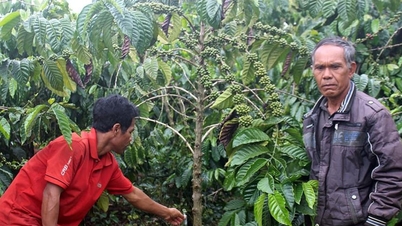



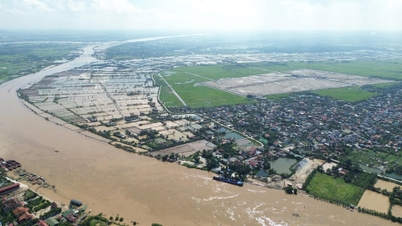



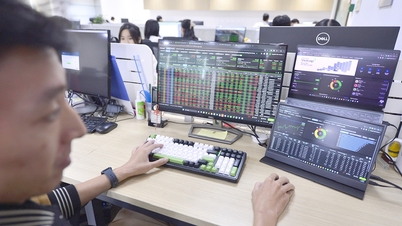

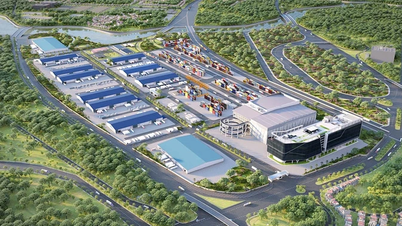

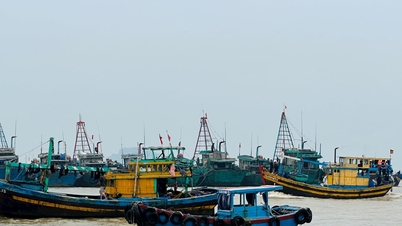






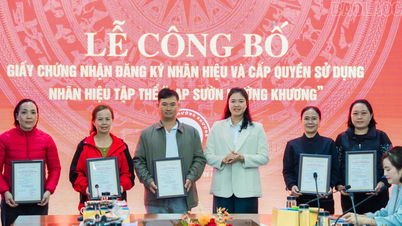

































































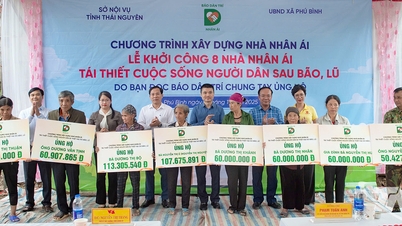

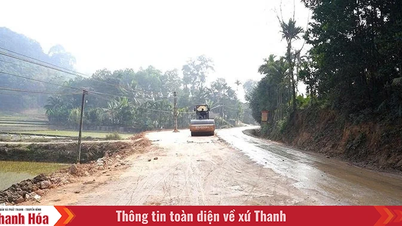




![Dong Nai OCOP transition: [Article 3] Linking tourism with OCOP product consumption](https://vphoto.vietnam.vn/thumb/402x226/vietnam/resource/IMAGE/2025/11/10/1762739199309_1324-2740-7_n-162543_981.jpeg)








Comment (0)